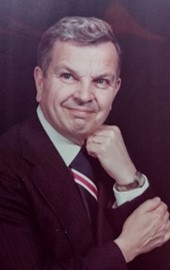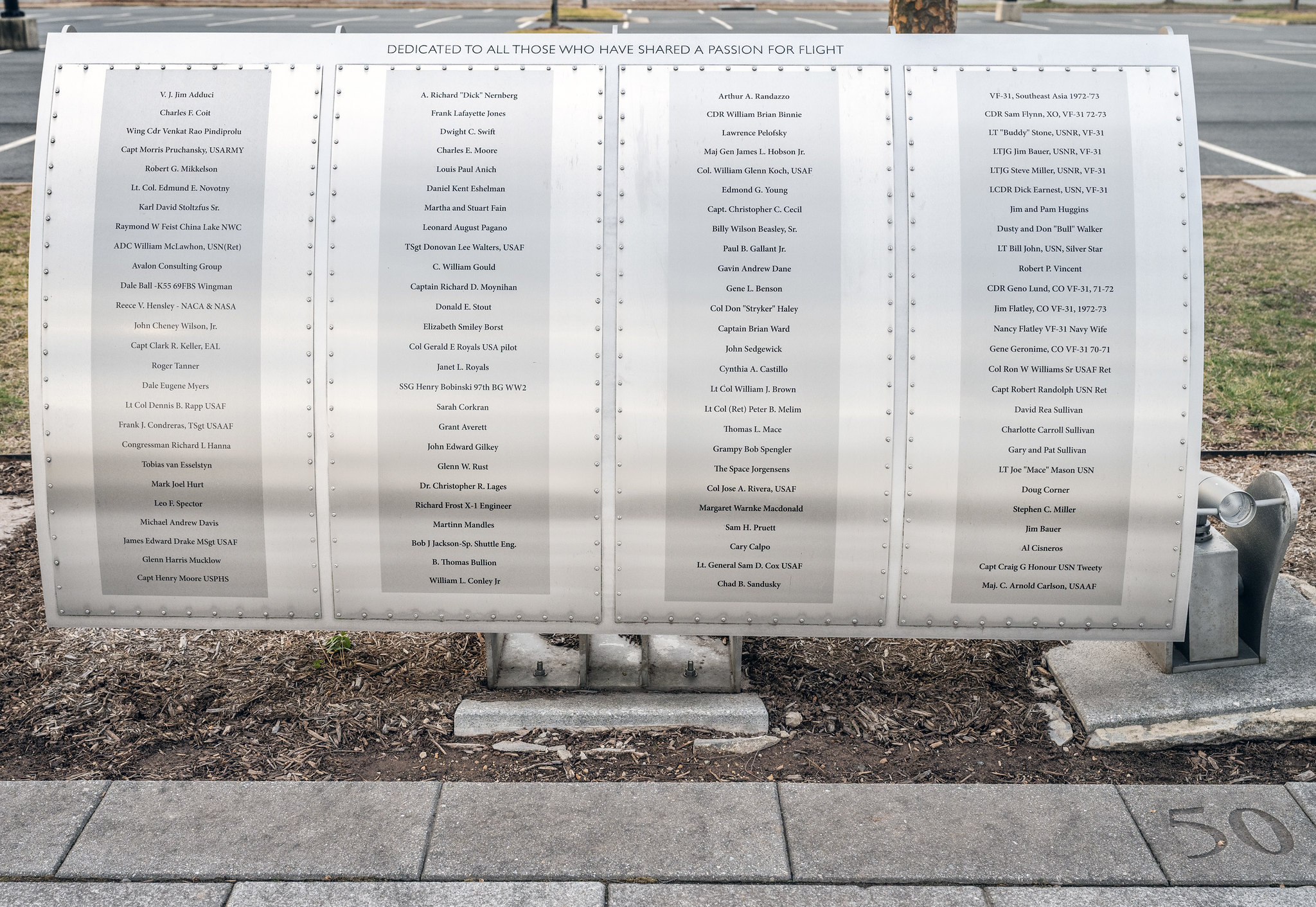
Foil: 50 Panel: 2 Column: 1 Line: 19
Wall of Honor Level: Air and Space Leader
Honored by:
Jennifer Peel
JOHN EDWARD GILKEY November 3, 1918 – May 23, 1994
John Edward Gilkey was a man who possessed a desire for learning and discovery which led to a passion for our country’s early exploration of space.
John was born November 3, 1918, in Canton, Ohio. His parents were Etta and William Gilkey, and his brother was Richard Gilkey. John married Dorothy Schwemler and they had two children, Diane and William.
John loved learning, and even though his father passed away while he was a teenager, he was determined to pursue a higher education. He supported his mother while working his way through Ohio State University and graduating with honors with a B.S. in Mechanical Engineering. John then earned a Masters Degree from Case Institute of Technology where he also taught.
In the 1950’s, Mr. Gilkey became a project engineer in the Project Design Group at Bendix Westinghouse Air Brake Company. There, John invented a motion translation device which modernized air brakes. The principal object of John’s invention was to provide a novel mechanism for translating rotary motion to linear motion. (Nov. 1959, J.E. Gilkey, Motion Translating, US Patent Office 2,913,911)
In 1959, John’s passion and commitment to space exploration began. He was recruited by NASA to join the Mercury Space Task Group at Langley Field in Virginia. He worked on designing the heat shield for the Mercury space capsule. After test launches from Wallops Flight Facility on Wallops Island, VA., John would examine the recovered capsule’s heat shields. Excitement and pride came with successful manned, Mercury Project flights.
Mr. Gilkey’s next contribution to space exploration came at Goddard Space Flight Center in Maryland. John was passionate about his design and testing work on the Orbiting Astronomical Observatory 2 (OAO). With OAO 2 successfully launched in 1968, space exploration expanded discoveries with observations such as halos of hydrogen gas around comets, and in 1970 the discovery of Nova Serpentis.
Retiring from NASA in 1979, John shared his love of learning and passion for space flight with others. He volunteered as a math tutor for high school students and was a docent at the Smithsonian’s Air and Space Museum. As a loving grandfather, he frequently took his grandchildren to the Air and Space Museum.
Thank you, John Gilkey, for your lifelong dedication to learning and for your contributions to our Space Flight Program.
Wall of Honor profiles are provided by the honoree or the donor who added their name to the Wall of Honor. The Museum cannot validate all facts contained in the profiles.
Foil: 50
